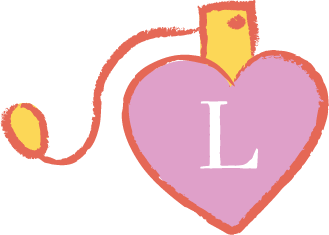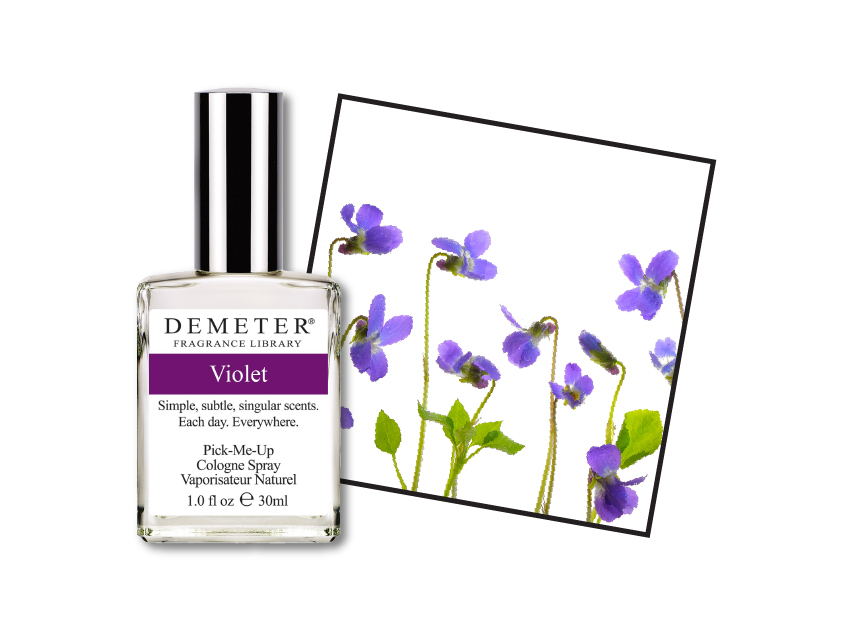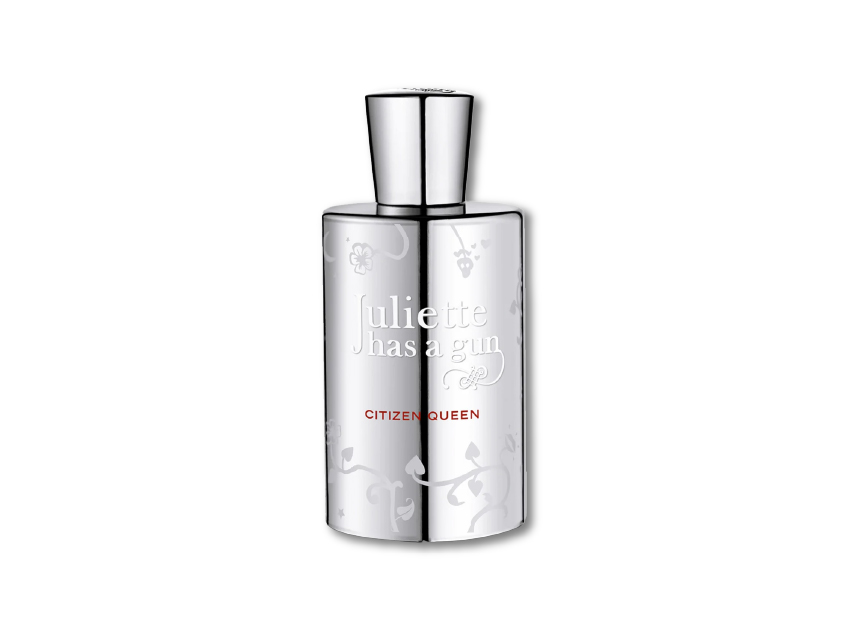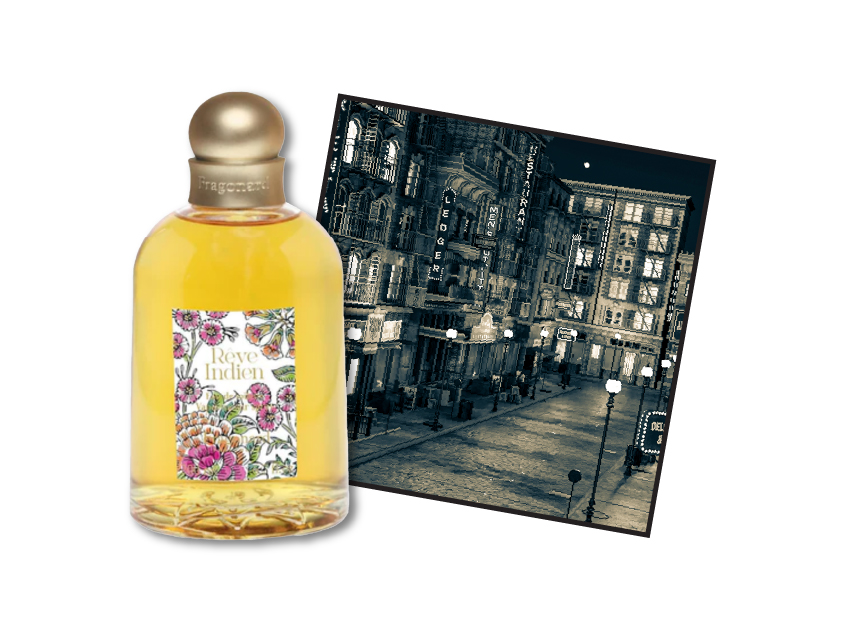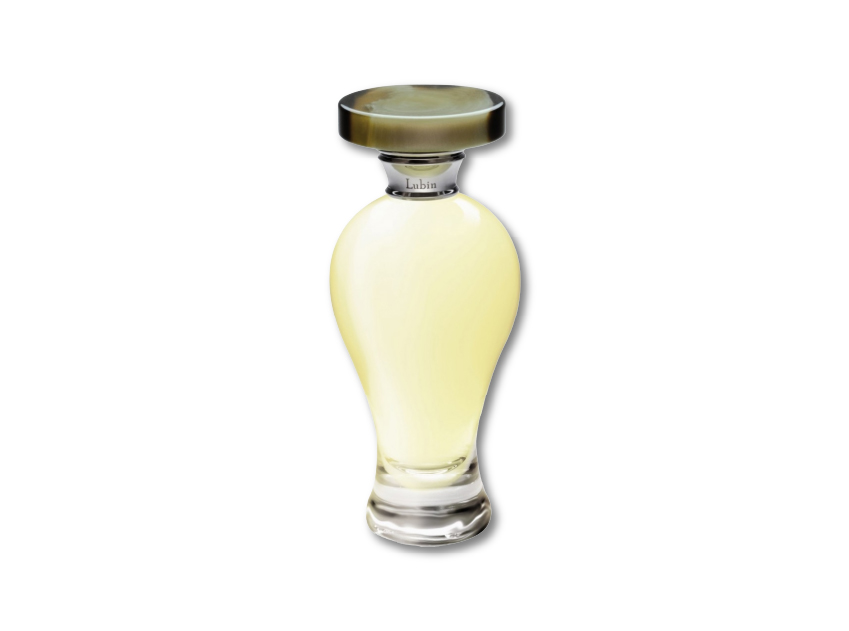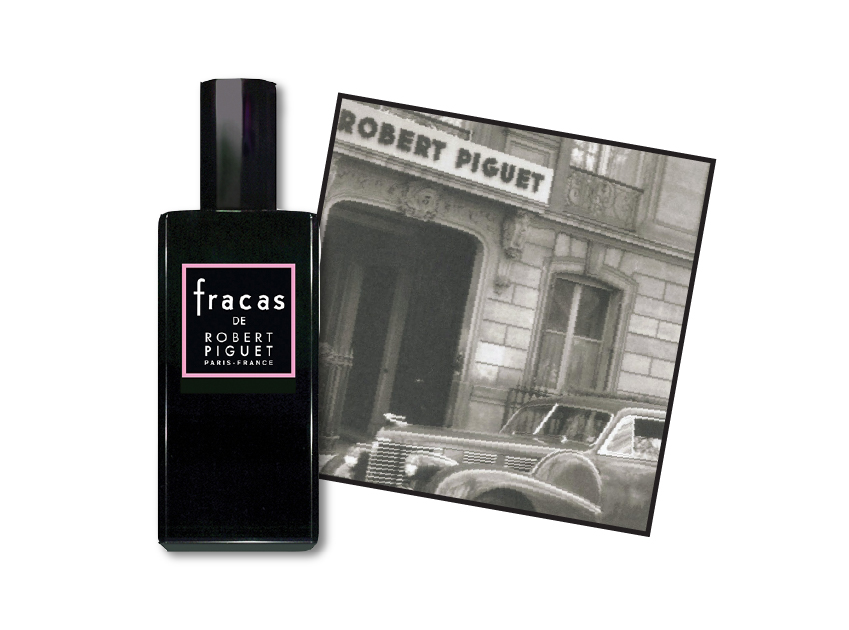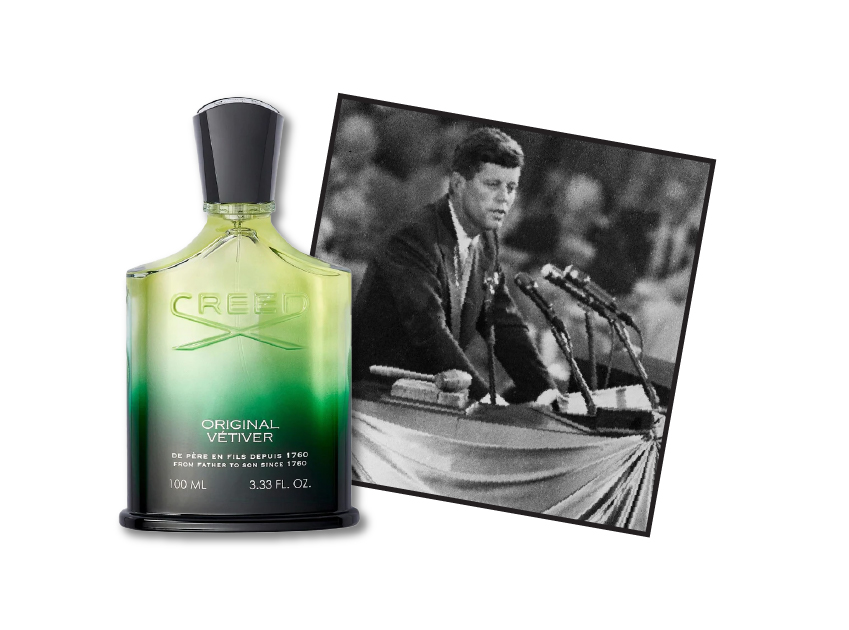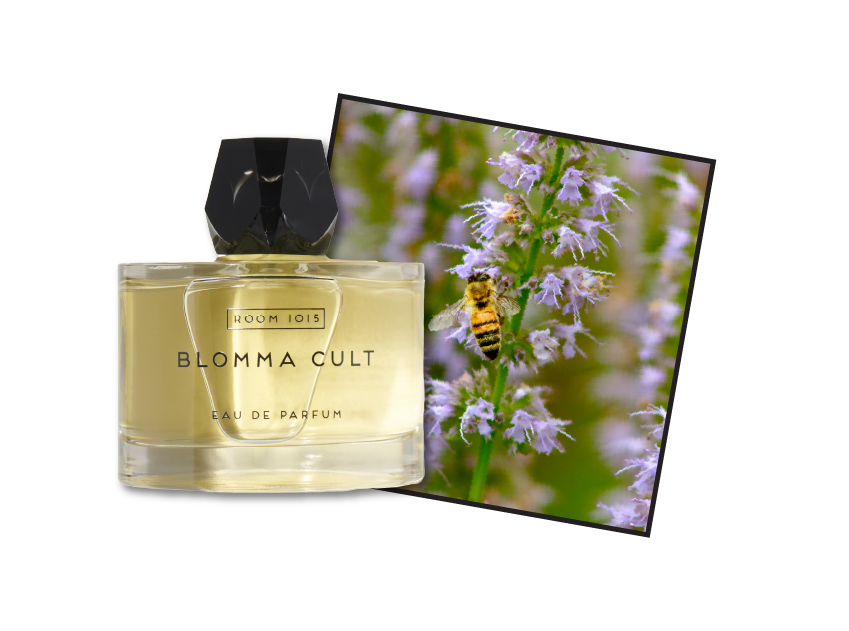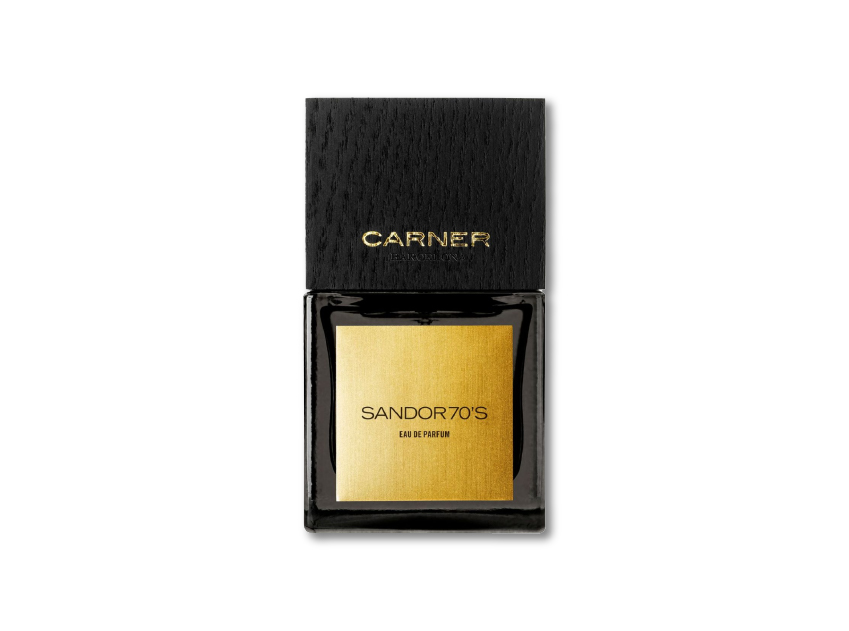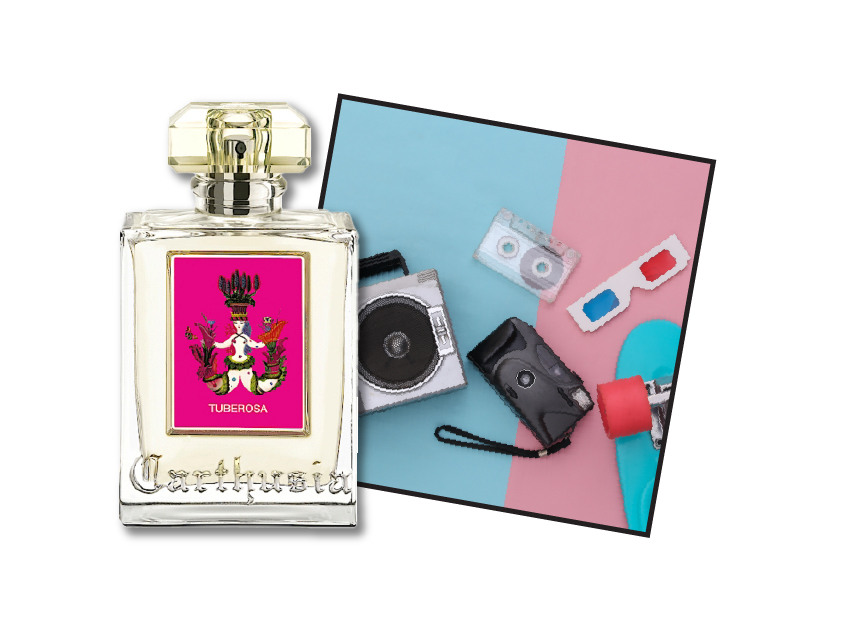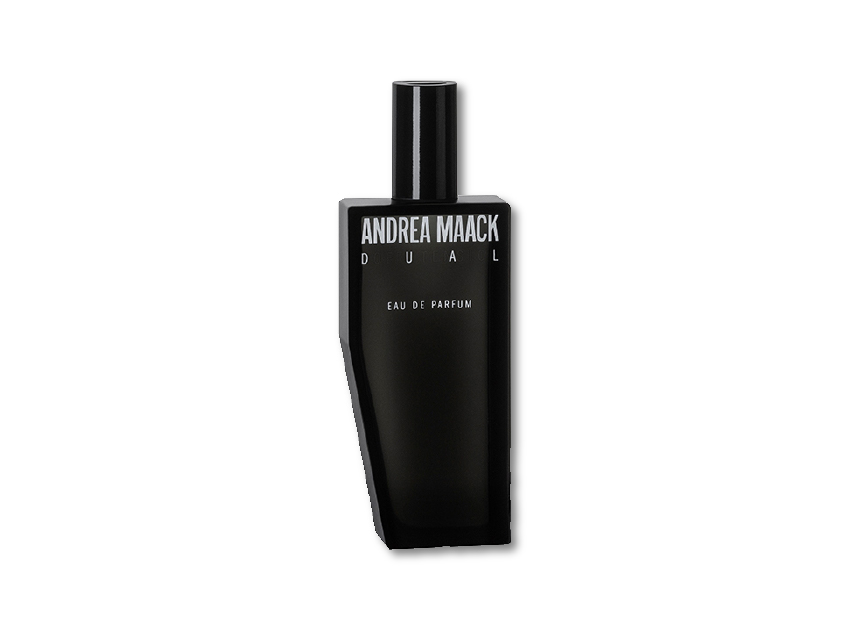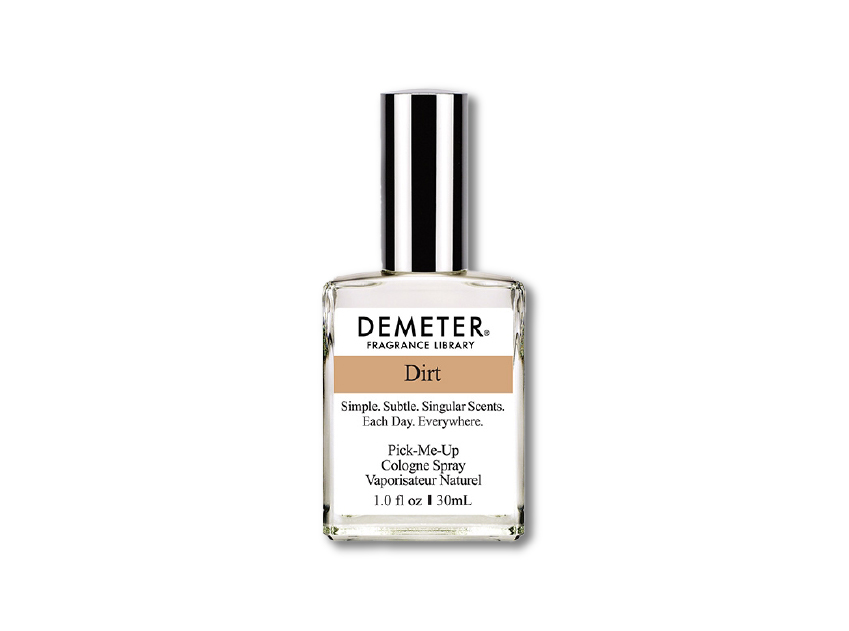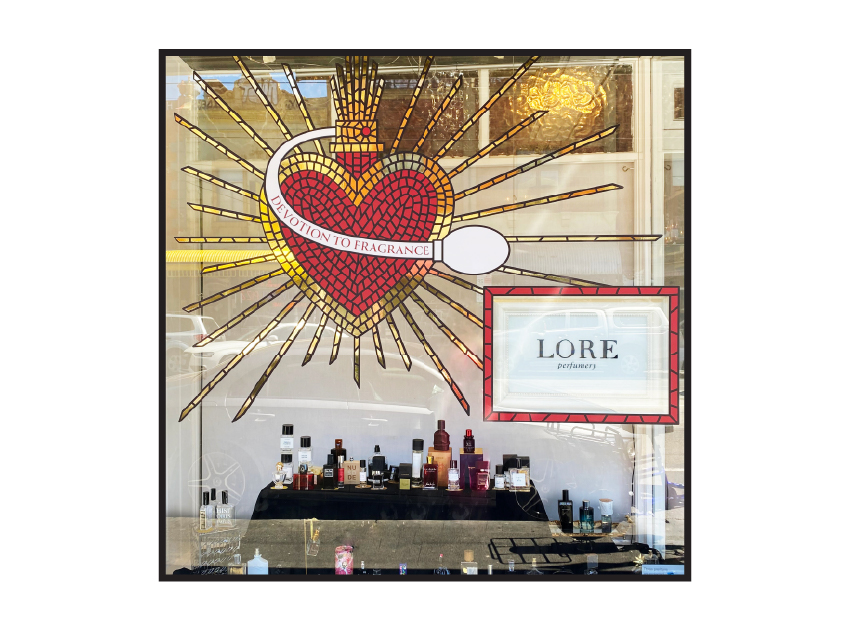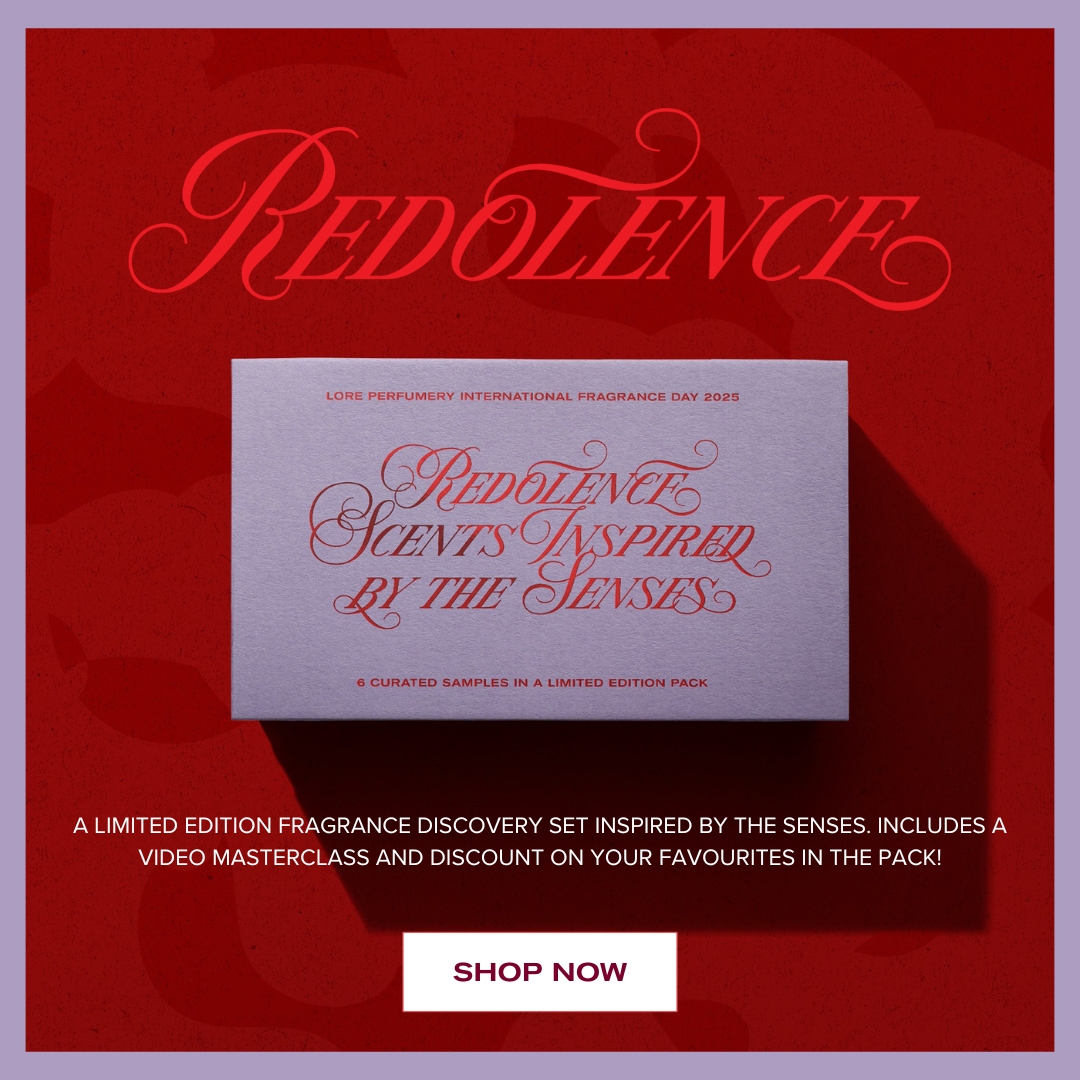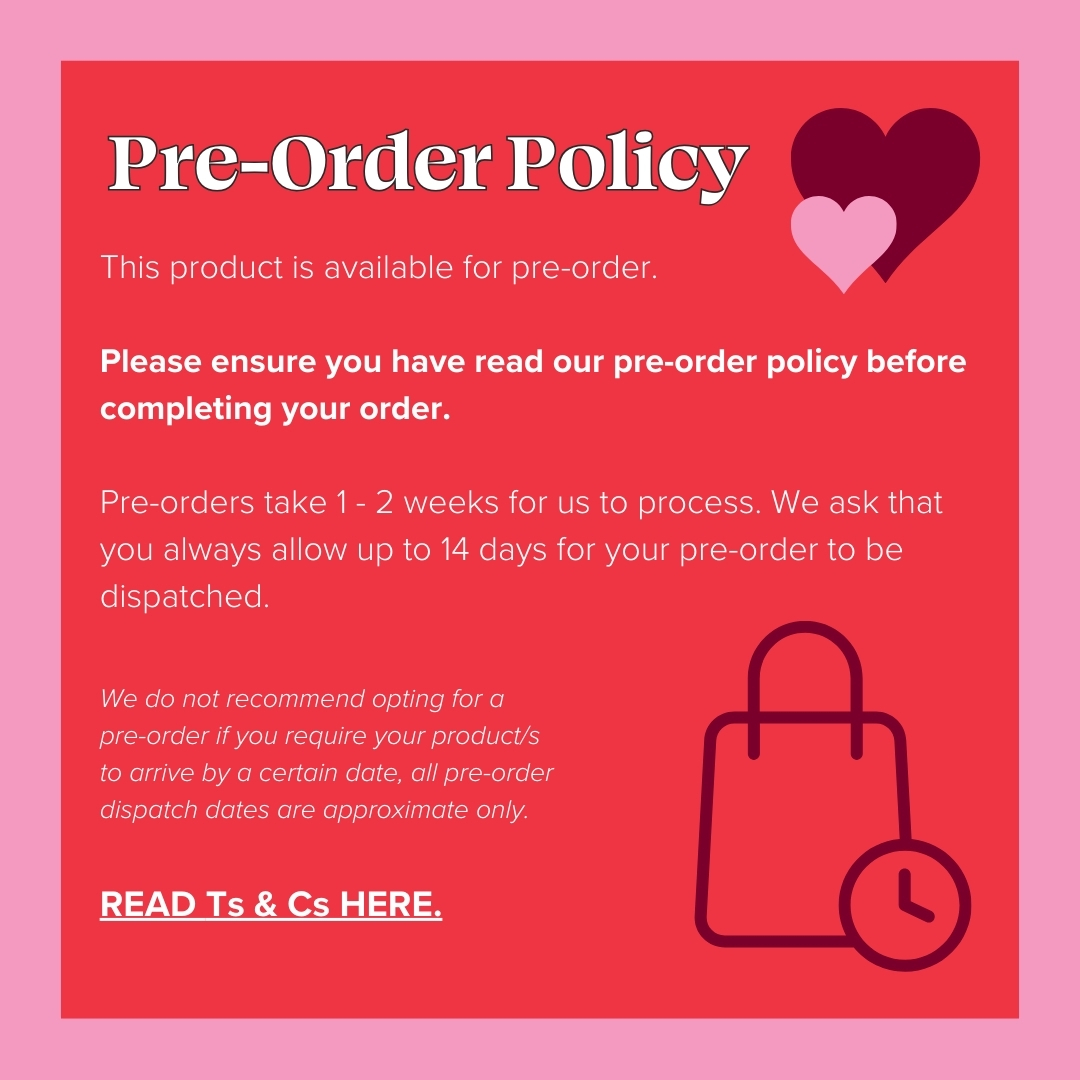- #
- ABC
- DEF
- GHI
- JKL
- MNO
- PQR
- STU
- VWXYZ
/ Fragrance / History Of Fragrance: Part II
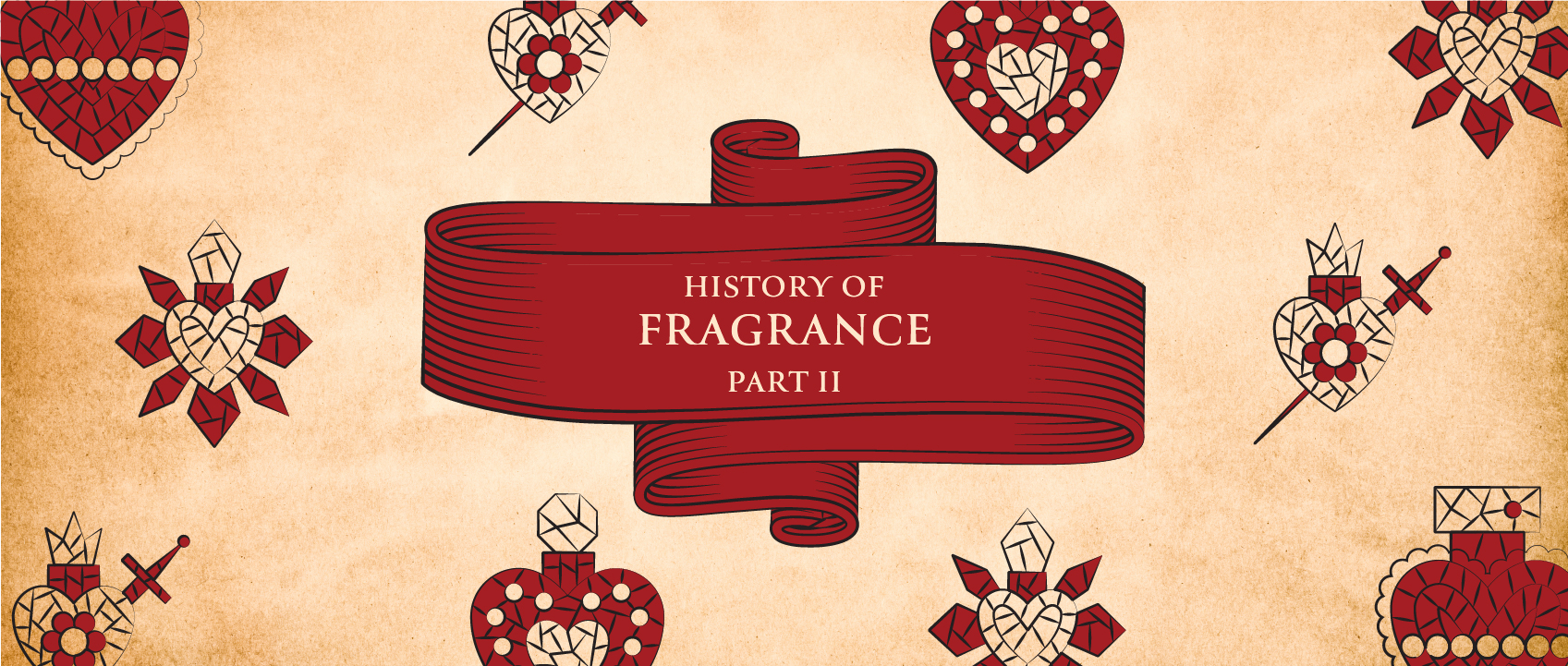
History Of Fragrance: Part II
The 20th century was a huge 100 years for fragrance.
Perfume, as we know it now in 2023, didn’t just spontaneously materialise. Trends of the 20s, fads from the 50s, obsessions of the 90s, as well as wars, recessions, and political movements are still having a lasting effect on how fragrance is formulated, advertised, and worn today.
So let’s dive in… here is a short history of the 20th century… in fragrance!
1900s
The Belle Époque era (which started in the late 1800s and ended in the 1910s) was a prosperous period in European history full of exuberant innovation, where the arts absolutely flourished.
In 1890s France, Houbigant and Guerlain were the first houses to develop and use synthetic molecules in their perfumes. This immediately changed the fragrance game – now, perfumes could be produced and reproduced for a fraction of the cost, and consistency between batches was ensured.
Violets were everywhere in the 1900s, and not just in perfume! They were in desserts, face powder, and were the core flower in a sweetheart’s bouquet. The fragrance we think best encapsulates the 1900s and its obsession with violet and soliflore scents is Violet by Demeter.
By the mid-1900s, department stores had taken over as the kings of retail, and Selfridges in London were the first to strategically place perfumes in their own area on the ground floor. The “fragrance hall” as we know it today was born!
1910s
By the 1910s, everyone, everywhere, was obsessed with fragrance.
Some women even had perfume injected with a syringe to ensure their skin stayed scented for days at a time. (PS. it didn’t work – do NOT try this at home!)
On the stage, actors used fragrance to help get into character, and perfume was sprayed on curtains in the theatre to create atmosphere. Perfume became so intertwined in live performance that entertainers ended up endorsing specific perfumes and brands! The Gaiety girls, famous for their musical comedy, became the first celebrity endorsers of perfume.
In 1917, Coty’s famous fragrance, Chypre, was launched, and in 1919, Guerlain launched Mitsouko. Both fragrances were of the “chypre” category – green, earthy, and slightly spicy, a modern deviation from the omnipresent florals that had dominated the perfume world up until then.
Our favourite chypre with a distinctly 1910s feel is Citizen Queen by Juliette Has A Gun.
1920s
Post-WWI society was hungrier for perfume than ever before – literally.
In the early 20s, there was a brief fad where schoolgirls would soak a loaf of sugar in perfume and eat it to gain “bright shining eyes”. (Again, please don’t try this at home!)
Women, being slowly afforded more rights and joining the workforce in larger numbers, started to have their own disposable income for the first time. As such, the trend in fragrance and fashion was of female rebellion and emancipation. Shorter skirts, bobbed haircuts, racier scents.
Then, in 1921, comes Chanel N°5. Inspired by the “modern woman” this fragrance changed the course of perfume history forever. Legend has it Chanel N°5 was the first fragrance ever to use aldehydes (molecular compounds used to enhance the other notes in the fragrance) while also containing 80 other notes, making it totally unique and much more complex than most other fragrances on the market at the time.
1925 brought us Guerlain’s Shalimar, another iconic fragrance that remains a household name to this day. With its bottle crafted by Baccarat using a technique still secret to this day, the fragrance was inspired by a passionate love story and of course, the appropriation of Eastern aesthetics that was hugely popular in the West during the 20s. It became an instant hit.
The scent we have at Lore most reminiscent of the powdery, musky florals of this era is Rêve Indien by Fragonard.
1930s
As the 1920s turned into the 1930s, the Great Depression went into full swing, and the world economy was in shambles.
This certainly made it an interesting time for Jean Patou to launch Joy – at the time the most expensive fragrance ever created. With its exceptionally high-quality ingredients and high-intensity concentrations, it became a great way for the elite to remind themselves (and everyone else) that despite the Wall Street crash, they were doing just fine.
In 1934, fragrance house Lubin created a fragrance (Nuit de Longchamp) for the society ladies who attended the parties held after the Grand Prix de Paris at Longchamp racecourse. It was given out exclusively at these extravagant events and wasn’t released to the general public until 1937.
Towards the end of the 30s, films were starting to be made and shown in colour. Italian designer Elsa Schiaparelli adored colour, and even created a trademark hue of her own: Shocking Pink. So came about Shocking in 1937, Schiaparelli dragging fragrance into the Technicolor world by creating a scent that somehow smelled… pink!
1940s
WW2 meant that perfume quickly became a scarce luxury.
Production was delayed or halted, it became harder to get goods across borders, and overall, perfume became too expensive of an excess to justify during wartime.
This had lasting effects on the fragrance industry. Now more than ever, synthetics were being used in the place of raw materials that could not be sourced. Packaging changed too – Fragonard could no longer make perfume bottles out of glass and had to opt for aluminium alternatives – resulting in their enduring Estagon range.
Post-war fragrances were aesthetically all about love, joy, and most of all, hope. Miss Dior by Dior and L’Air du Temps by Nina Ricci were both launched in 1948. Faithfully romantic and feminine, these scents were the “new look” of perfume.
Then came Fracas by Robert Piguet in 1948. Known informally as Chanel N°5’s naughty little sister, Fracas was the scent of the femme fatale as seen in 1940s film noir. The first fragrance to star tuberose in such a way, this dramatic, voluptuous white floral became legendary almost immediately. Wartime was well and truly over.
1950s
In the 1950s, the fragrance industry realised it had been neglecting a fairly large portion of society – men!
Marketing changed to accommodate – there were advertisements in men’s adventure magazines, sports stars became spokesmen for fragrances, Father’s Day became a shopping event, and the birth and rise of TV advertising saw lots of fragrance advertising aimed at men.
While men were having their redolence renaissance, women weren’t having as much fun. In 1953, Youth Dew by Estée Lauder was launched and became one of the favourite scents of the suburban housewife. It set the tone for the trend in fragrance being soapy, clean, pure florals for the most part; perfect for the demure, submissive, stay-at-home wife. Diorissimo is as saucy as it got really, which was launched in 1956.
Back to the boys for a second – the famous (or infamous, depending on your opinion) Tabac launched in 1959, as did Vétiver by Guerlain. Now, not only were fragrance houses catering to men, they were also catering to different kinds of men! The fact that these scents remain recognisable now proves without a doubt they caught on. The scent we think is most evocative of this era of fragrance is Original Vetiver by Creed, which was actually worn by US President to be, JFK, in the 50s.
1960s
The 60s were all about change, and the fragrance world had to change to accommodate.
For the first time, the fragrance industry saw children as potential consumers. In 1965, Avon launched the Pretty Peach collection where all the products were shaped like various fruits, and toy company Mattel released their Kiddle Kolognes in the late 60s – scented dolls encased in plastic perfume bottles.
The mid-60s were responsible for Dior’s famous Eau Sauvage and Estée Lauder’s Aramis, which went on to define fragrance for decades after that. But then, as the late 60s came around, suddenly there was a rejection of the status quo, of consumerism and conformism, and Big Perfume was in trouble.
Young people of the late 60s were raging against the machine, and therefore against the “stuffy” fragrances houses of yore. Patchouli oil became the scent of the youth, of rockstars, of trippers and activists alike. Even the actual scent of patchouli was of rebellion – dirty, animalic, earthy, and very much different from the kind of fragrances that had been popular before.
We think the fragrance that best encapsulates the patchouli craze of the late 60s is Blomma Cult by Room 1015.
1970s
The 70s gave way to another huge boom in fragrance – duty-free was invented, cosmetic corporations were growing larger, and advertising was growing more and more ever-present.
Perfume advertisers were changing tack, however – perfume was now for the feminist everywoman. She worked, she raised children, she partied, she loved – she could have it all!
Rive Gauche was released by Yves Saint Laurent in 1971 – the perfume equivalent of the DVF jersey wrap dress – glamourous, but still practical for the modern, on-the-go woman. Presented in a can perfect to throw in your handbag for touch-ups throughout the day, this was not a fragrance made for sitting on the nightstand.
Clinique released Aromatics Elixir around the same time, which took advantage of the patchouli craze, making it the scent’s heart note. So intense was this fragrance, Clinique actually advised wearers to spray it ahead of themselves and walk into it. It was for the woman who didn’t care what others thought, she was just herself.
Then, in 1978, YSL’s Opium. Launched at Studio 54 in New York City, the fragrance perfectly exemplified the era of excess, experimental drug taking, and self-indulgence. As does (we think!) Sandor 70s by Carner Barcelona, inspired by the Spanish equivalent of Studio 54.
1980s
The 80s were all about impact.
Clothes, hair, fragrance, and everything else became bigger, louder, and more colourful. Fragrance became an accessory like shoulder pads or a thick belt – a look wasn’t complete without it.
White Musk by the Body Shop, released in 1981, was the scent of a clean, preppy fluffy jumper. Calvin Klein’s Obsession (1985) was worn with red, satin lingerie. Lou Lou (1987) was for lovers of bold colours and shapes.
Dior came out with Poison in 1985, and it made quite the impact. This fragrance was for the woman fighting her way to the top, the woman who wore stilettos and had long, red nails, the woman who would stop for no one. Tuberosa by Carthusia is evocative of this original Poison, perhaps it is her daughter – slightly less pollutant, but still intensely sexy with notes of spice, plum and tuberose.
Then, in 1988, came Davidoff’s Cool Water, the scent of the hunk. It also started the long-lasting trend of shirtless men advertising fragrance. Again, it was simple, accessible, and while different from what had come before, still masculine.
1990s
The 90s was a massive decade for fragrance.
There was a huge uptick in fragrances marketed to young people or teenagers – Tommy Girl, Red Jeans, Sunflowers, Impulse… you know, those scents that now offer us either nostalgia or a little shudder thinking about what we were like back then.
In 1992, Mugler’s Angel was released, the perfume of the 90s divas and supermodels – think Naomi Campbell, Christy Turlington, and Linda Evangelista. Immortal and futuristic, Angel remains one of the best-selling fragrances in the world now.
Then came the “unisex” craze, which coincided with the 90s trend of minimalism. Issey Miyake’s fragrances were meant to smell like Evian or Perrier water falling on clean skin. CK One was notably one of the first fragrances to be marketed to both men and women – easy, breezy, simple, and cool. Andrea Maack’s Dual is actually inspired by this genre of 90s fragrance, drawing upon scenes of soothing Icelandic hot spring waters.
The later 90s echoed the late 60s and 70s in a lot of ways in terms of its rejection of commercial fragrance. Dirt by Demeter was released in 1996, exemplifying the 90s subculture movement, and paving the way for niche fragrance to have its moment.
2000s - Present
The 2000s became the golden era of the prestige fragrance and the celebrity fragrance.
We saw a continuation from the 90s of perfumes marketed to young people in colourful bottles with candy-like scents.
But, with omnipresent advertising and mass-produced fragrance having become the norm, people got sick of walking down the street and smelling their scent on every other person that passed by. So, the niche fragrance industry began to grow, as did the notion of acquiring a signature scent that was unique to the individual.
That’s where we come in!
Founded in 2017, Lore Perfumery is the place for finding those hard-to-find, unique fragrances. We love the quality, craftsmanship and personality that smaller niche houses provide, which is why we sell over 700 different fragrances and stock over 100 different brands.
At Lore, we also stock many fragrances that made perfume history, as you might have noticed throughout this blog. We have scents worn by everyone from Grace Kelly to Grace Jones, from a young JFK to George Clooney. We’re constantly sourcing new, exciting, and innovative scents that we think will be talked about for years to come – we can’t help it, we just love fragrance!
Come and visit us between 10am and 5pm 7 days a week at our Fitzroy Boutique, located at 313 Brunswick St, Fitzroy.
Information Source:
Ostrom, L. (2015). Perfume: A Century of Scents. Pegasus.
